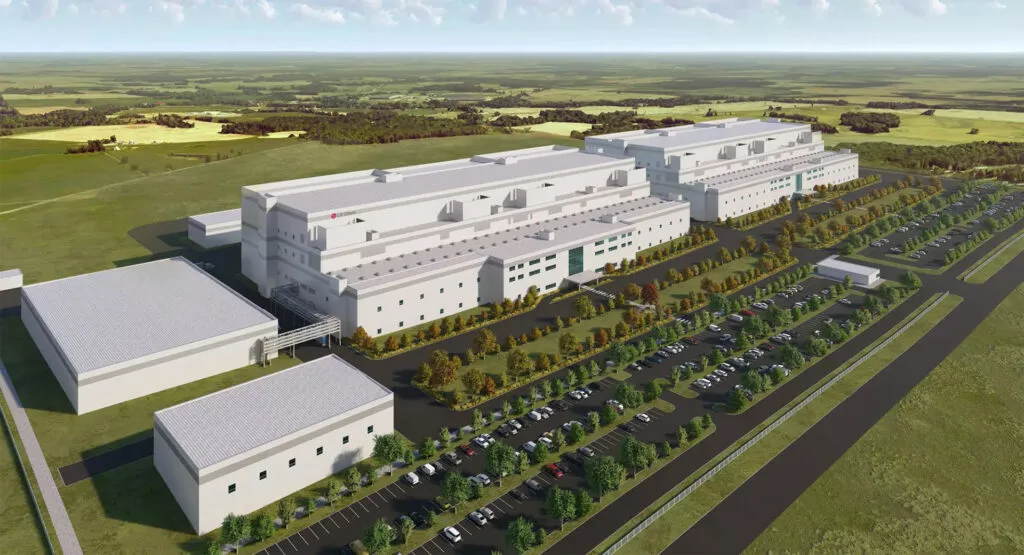
With the move to electric vehicles well and truly in full swing, automakers, and their partners, are going on a battery plant-building spree. And it just so happens that a great deal of that is taking place in the U.S. In 2022 alone, more than $73 billion in planned projects was announced, three times more than that in 2021.
Right now, it seems that companies are keen to reduce their reliance on China, while bills such as the somewhat controversial Inflation Reduction Act are set to benefit manufacturers who choose to source the majority of their EV manufacturing and content in America.
There are other economic benefits too. According to Volkswagen of America‘s then-president Scott Keogh, who spoke to NPR last January, by localizing the supply chain, logistics costs are reduced, as too are those associated with materials.
The onslaught of new EV battery plants means that the U.S. could be witnessing a fresh industrial shift, which is good news for the economy. The new plants could create as many as 150,000 direct jobs, according to Tom Taylor, an analyst with Atlas. Speaking to NPR, he refers to the so-called battery belt that appears to be forming in the southeast but says the trend is geographically broader than that.
“We’ve seen announcements… all over the country, and not just announcements, but really big announcements,” he says. “In some states [these are] some of the largest, if not the largest, economic development projects in the state’s history.”
Of course, the new plants aren’t without their problems either. Earlier this year, GM CEO Mary Barra had to address the slow production rate at the automaker’s newly-opened facility in Ohio. She conceded to investors that finding people to fulfill the roles and training said staff had taken longer than envisaged.
But with the total announced investment in U.S. battery plants surpassing $128 billion, all signs point to many more developments.